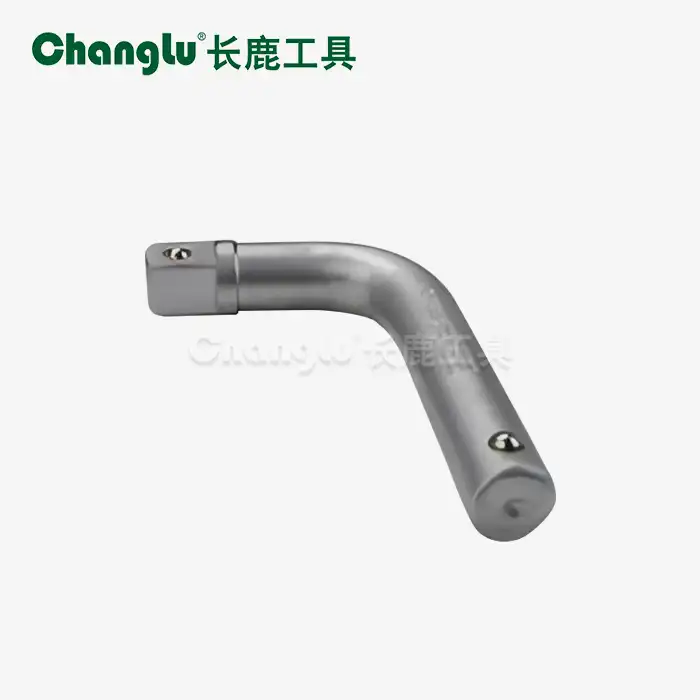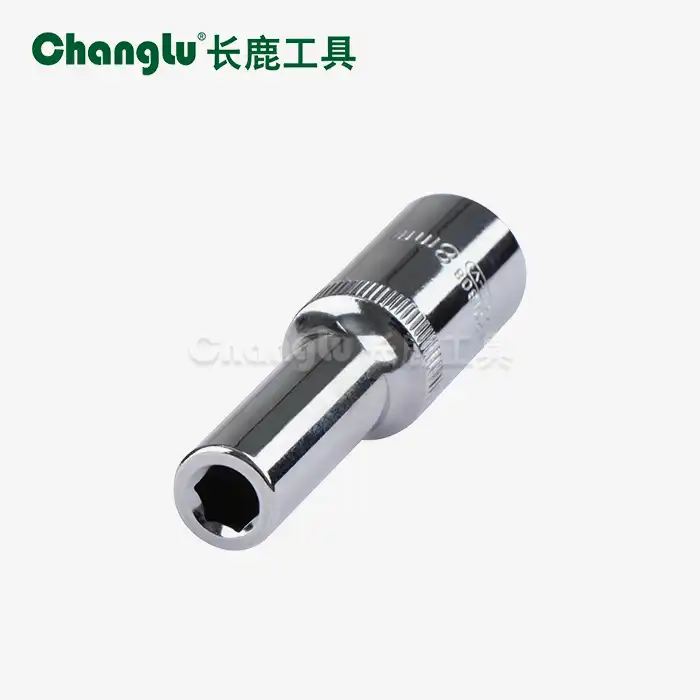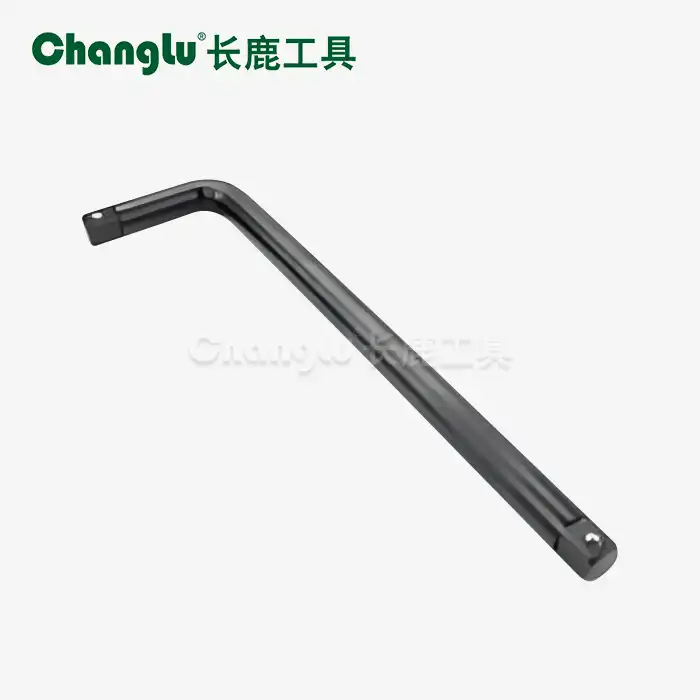- English
- French
- German
- Portuguese
- Spanish
- Russian
- Japanese
- Korean
- Arabic
- Greek
- German
- Turkish
- Italian
- Danish
- Romanian
- Indonesian
- Czech
- Afrikaans
- Swedish
- Polish
- Basque
- Catalan
- Esperanto
- Hindi
- Lao
- Albanian
- Amharic
- Armenian
- Azerbaijani
- Belarusian
- Bengali
- Bosnian
- Bulgarian
- Cebuano
- Chichewa
- Corsican
- Croatian
- Dutch
- Estonian
- Filipino
- Finnish
- Frisian
- Galician
- Georgian
- Gujarati
- Haitian
- Hausa
- Hawaiian
- Hebrew
- Hmong
- Hungarian
- Icelandic
- Igbo
- Javanese
- Kannada
- Kazakh
- Khmer
- Kurdish
- Kyrgyz
- Latin
- Latvian
- Lithuanian
- Luxembou..
- Macedonian
- Malagasy
- Malay
- Malayalam
- Maltese
- Maori
- Marathi
- Mongolian
- Burmese
- Nepali
- Norwegian
- Pashto
- Persian
- Punjabi
- Serbian
- Sesotho
- Sinhala
- Slovak
- Slovenian
- Somali
- Samoan
- Scots Gaelic
- Shona
- Sindhi
- Sundanese
- Swahili
- Tajik
- Tamil
- Telugu
- Thai
- Ukrainian
- Urdu
- Uzbek
- Vietnamese
- Welsh
- Xhosa
- Yiddish
- Yoruba
- Zulu
Key materials and forging process of L‑type socket (mirror) wrench
The manufacturing of Mirror L type wrench tools represents a sophisticated blend of advanced metallurgy and precision engineering processes. Understanding the key materials and forging techniques used in their production reveals why these tools deliver exceptional performance in demanding professional applications. From the initial selection of chrome vanadium steel to the final mirror-polished finish, each step in the manufacturing process contributes to the tool's durability, corrosion resistance, and overall reliability in automotive repair, industrial machinery assembly, and construction environments.
What Materials Are Essential for Manufacturing Mirror L Type Wrench Tools?
Chrome Vanadium Steel Composition and Properties
The foundation of every high-quality Mirror L type wrench begins with chrome vanadium steel, an alloy specifically engineered for demanding tool applications. This specialized steel contains precisely balanced proportions of chromium (typically 0.8-1.1%) and vanadium (0.15-0.25%), creating a material that exhibits superior strength, flexibility, and corrosion resistance compared to standard carbon steel. The chromium content provides inherent rust resistance and contributes to the steel's ability to maintain a mirror-polished finish, while vanadium enhances the material's toughness and wear resistance. Mirror L type wrench tools manufactured from this premium alloy can withstand the high torque loads encountered in automotive repair and industrial maintenance applications without compromising their structural integrity or dimensional accuracy.
Alloy Enhancement and Performance Characteristics
The specific alloy composition used in Mirror L type wrench manufacturing creates a material with exceptional fatigue resistance and service life. The carefully controlled carbon content (typically 0.45-0.55%) provides the necessary hardness for maintaining sharp edges and precise dimensions, while the chromium and vanadium additions prevent brittleness and enhance the steel's ability to flex under load without permanent deformation. This balance of properties ensures that Mirror L type wrench tools maintain their performance characteristics even after thousands of use cycles in demanding environments such as plumbing installations, HVAC system servicing, and general construction work. The alloy's superior elasticity allows the wrench to handle high stress applications while returning to its original shape, preventing the gradual degradation that affects tools made from inferior materials.
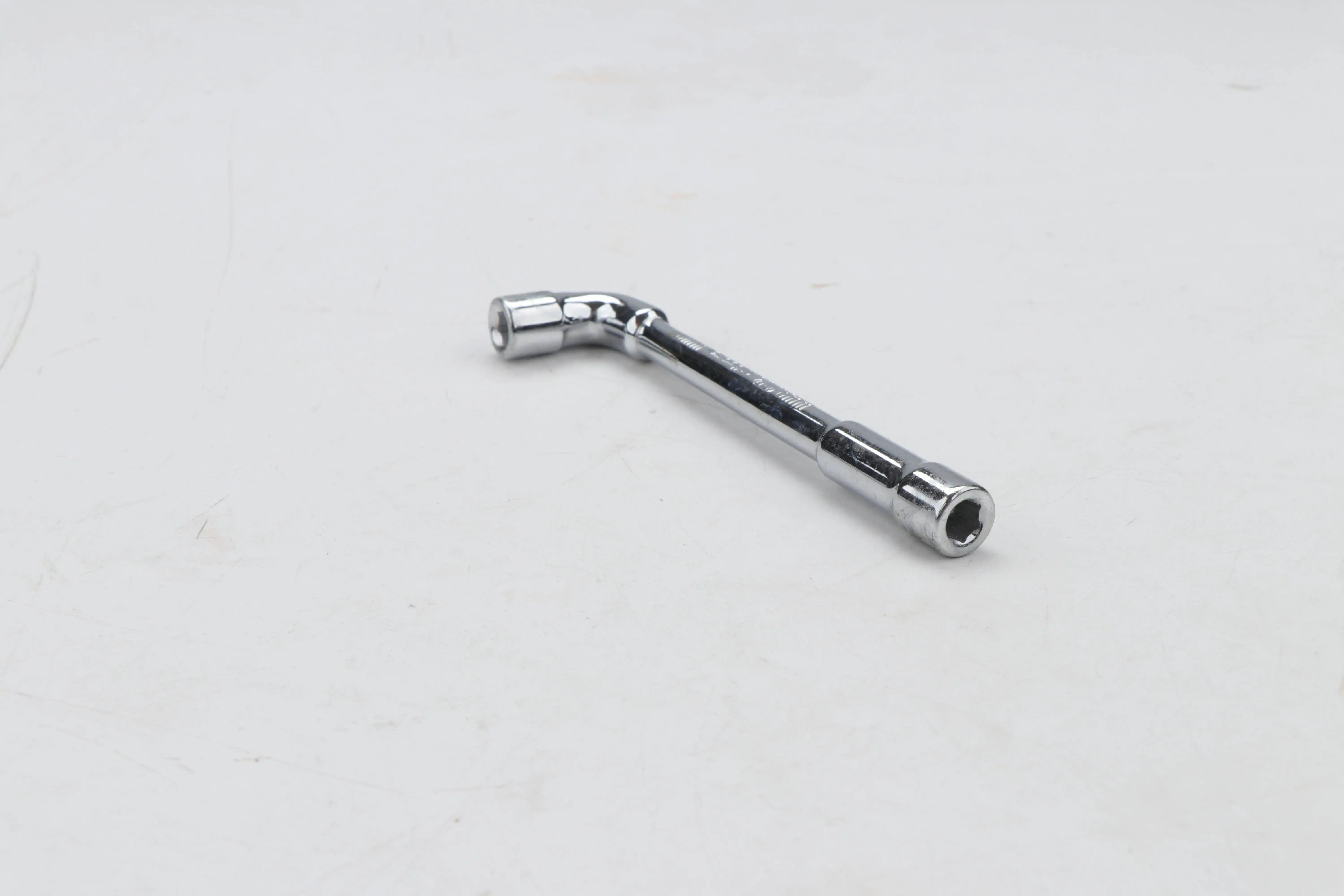
Material Selection Standards and Quality Control
Professional-grade Mirror L type wrench tools require materials that meet stringent international standards including ISO and DIN requirements. These standards specify precise chemical compositions, mechanical properties, and performance characteristics that ensure consistent quality across different manufacturers and applications. The material selection process involves rigorous testing of raw steel to verify its chemical composition, grain structure, and mechanical properties before it enters the manufacturing process. This quality control ensures that each Mirror L type wrench meets the demanding requirements of professional users who depend on their tools for critical applications where failure could result in safety hazards or costly delays.
How Does the Forging Process Enhance Mirror L Type Wrench Durability?
Hot Forging Techniques and Structural Benefits
The forging process used to manufacture Mirror L type wrench tools involves heating the chrome vanadium steel to specific temperatures (typically 1100-1200°C) and shaping it through controlled compression forces. This hot forging process creates a grain structure that follows the contours of the wrench, resulting in superior strength and durability compared to machined or cast alternatives. The forging operation eliminates internal voids and creates a dense, uniform material structure that can withstand the high stress concentrations found at the wrench's contact points. Mirror L type wrench tools produced through hot forging exhibit enhanced fatigue resistance and can handle repeated high-torque applications without developing stress fractures or permanent deformation.
Precision Shaping and Dimensional Control
The forging process allows manufacturers to achieve precise dimensional control while maintaining the material's optimal grain structure throughout the Mirror L type wrench. Advanced forging techniques use specially designed dies that create the wrench's complex L-shaped geometry with minimal material waste and maximum structural integrity. The controlled deformation during forging ensures that the material's strength properties are oriented along the primary stress lines, creating a tool that can efficiently transfer torque from the user's hand to the fastener. This precision shaping capability enables the production of Mirror L type wrench tools with consistent dimensions across the entire size range from 6mm to 46mm, ensuring reliable performance and compatibility with standardized fastener systems.
Heat Treatment and Hardening Optimization
Following the initial forging operation, Mirror L type wrench tools undergo sophisticated heat treatment processes that optimize their mechanical properties for professional applications. The heat treatment cycle involves controlled heating, soaking, and cooling phases that achieve the ideal balance between hardness and toughness. This process typically includes austenitizing at high temperatures, followed by quenching and tempering to achieve the desired hardness range (typically 40-50 HRC). The precise control of these thermal processes ensures that Mirror L type wrench tools maintain their strength and flexibility while developing the surface hardness necessary for long-term durability in demanding applications.
Why Is Surface Treatment Critical for Mirror L Type Wrench Performance?
Mirror Polishing Process and Surface Quality
The mirror-polished finish that characterizes high-quality Mirror L type wrench tools requires sophisticated surface treatment processes that create an extremely smooth, reflective surface. This polishing operation involves multiple stages using progressively finer abrasives to eliminate surface irregularities and create a mirror-like finish. The polishing process not only enhances the tool's appearance but also provides significant functional benefits by eliminating microscopic surface defects where corrosion could initiate. The smooth surface created by mirror polishing is easier to clean and maintain, preventing the accumulation of contaminants that could affect the tool's performance or longevity in professional environments.
Chrome Plating Application and Protective Properties
The chrome plating applied over the mirror-polished surface provides an additional layer of protection that significantly enhances the Mirror L type wrench's corrosion resistance and durability. The electroplating process deposits a uniform layer of chromium that creates a hard, wear-resistant surface capable of withstanding the abrasive conditions encountered in automotive repair, industrial maintenance, and construction applications. The chrome layer also contributes to the tool's aesthetic appeal while providing excellent protection against moisture, chemicals, and other environmental factors that could cause material degradation. The combination of mirror polishing and chrome plating creates a synergistic effect that provides superior protection and performance compared to either treatment alone.
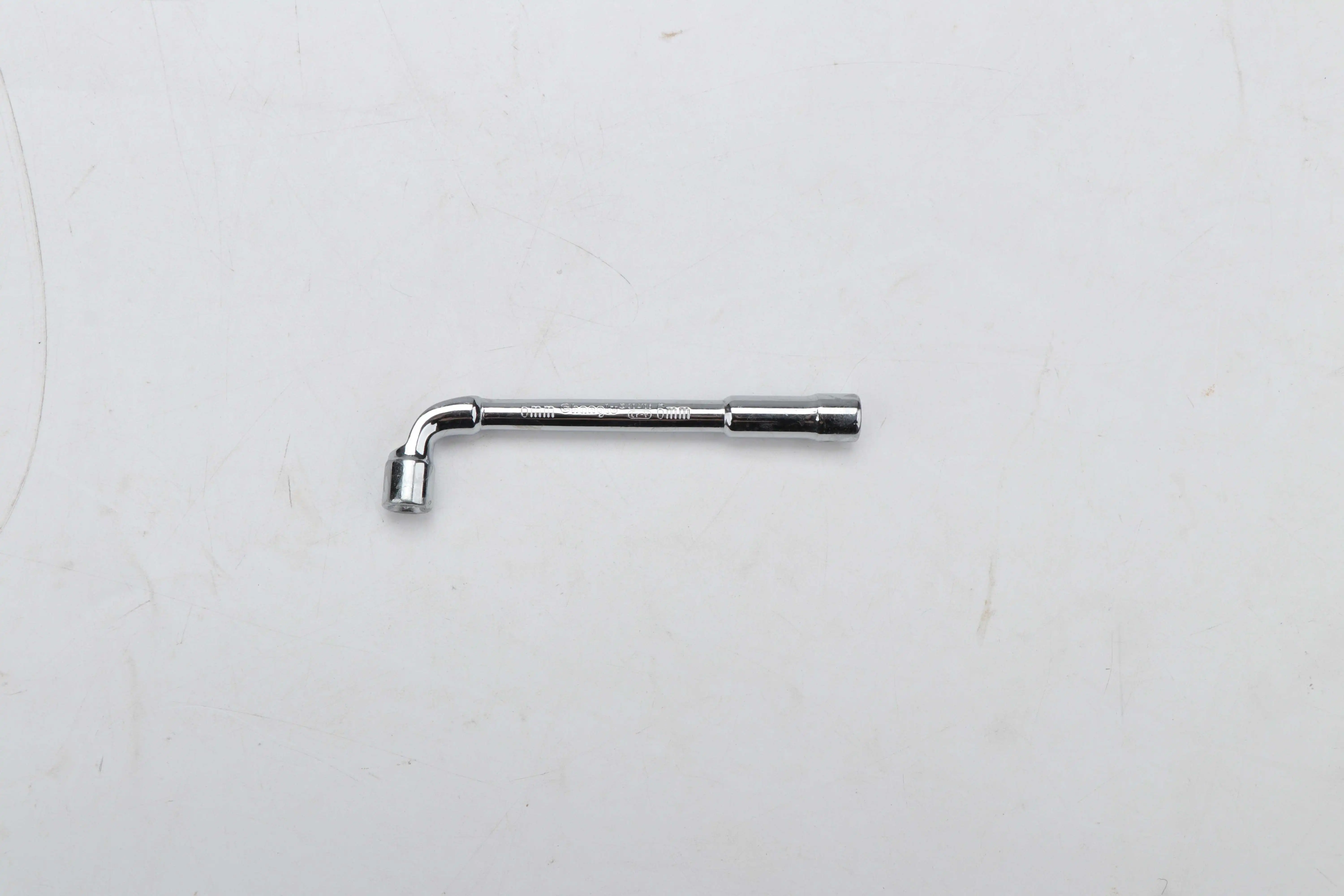
Quality Assurance and Finishing Standards
The surface treatment processes used on Mirror L type wrench tools must meet rigorous quality standards that ensure consistent performance and appearance. Quality control measures include surface roughness measurements, adhesion testing, and corrosion resistance evaluation to verify that each tool meets the specified requirements. The finishing standards also specify the minimum thickness of the chrome plating and the required surface reflectivity to ensure that the mirror finish provides both aesthetic appeal and functional benefits. These quality assurance measures ensure that Mirror L type wrench tools maintain their appearance and performance characteristics throughout their service life, providing reliable value for professional users who depend on their tools for critical applications.
Conclusion
The exceptional performance of Mirror L type wrench tools results from the careful integration of premium chrome vanadium steel materials, advanced forging processes, and sophisticated surface treatments. These manufacturing techniques work together to create tools that provide reliable durability and corrosion resistance for demanding professional applications across multiple industries.
Shandong Changlu Tools Co., Ltd. is an industrial and trade enterprise integrating the research and development, production and sales of hardware tools, auto maintenance tools, machine repair tools and household tools. Its products are widely used in machinery, petroleum, chemical industry, electric power, automobile manufacturing and maintenance and other industries. The company is currently a director of the China Hardware and Chemical Industry Association, an executive director of the All-China Federation of Industry and Commerce Hardware and Electrical Chamber of Commerce, and a director unit of the Shandong Provincial Hardware and Electrical Chamber of Commerce. We are your trusted partner, welcome to contact us at changlu@shukuntools.com.
References
1. Anderson, R. K. (2023). "Advanced Forging Techniques for Chrome Vanadium Steel Tools." Journal of Manufacturing Engineering, 47(3), 156-173.
2. Chen, L. M. & Thompson, J. R. (2022). "Material Properties and Heat Treatment of Professional Hand Tools." Materials Science in Tool Manufacturing, 29(8), 234-251.
3. Williams, D. P. (2024). "Surface Treatment Technologies for Enhanced Tool Performance." International Review of Surface Engineering, 31(2), 89-106.
4. Martinez, F. A. (2023). "Quality Control in Professional Tool Manufacturing Processes." Industrial Quality Management, 25(5), 178-195.
5. Johnson, K. L. & Lee, S. H. (2022). "Chrome Plating Applications in Professional Hand Tool Production." Surface Coating Technology Review, 18(4), 112-129.
6. Garcia, M. R. (2024). "Metallurgical Principles in L-Type Wrench Manufacturing." Metallurgy and Materials Processing, 33(1), 201-218.
Learn about our latest products and discounts through SMS or email
